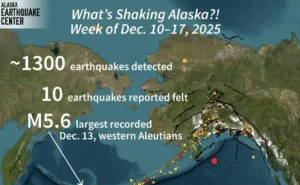The US airstrike on Yemen’s Ras Isa oil port killed over 70 people and wounded more than 170, according to Houthi Sources. Massive explosions lit up the night sky as fuel trucks burned and storage tanks exploded at the key Houthi-controlled port.
It marked the deadliest known strike in President Donald Trump’s new campaign targeting Houthi rebels in the Red Sea region. The port in the Hodeida governorate is a lifeline for fuel entering areas under Houthi control, including Sanaa.
Before 2014, oil exports passed through Ras Isa from Marib, which now primarily handles imported gasoline and liquefied gas. US Central Command confirmed the strike stating it aimed to cripple Houthi fuel revenues used for attacks across the region.
An official said the operation sent a clear warning to fuel suppliers supporting the Iranian-backed rebels despite global sanctions. Though the US declined to share casualty figures, Houthi media aired graphic footage of bodies and destroyed vehicles at the scene.
Houthis called the attack an unjustified assault on civilian facilities vital to millions of Yemenis. The US military reportedly launched the attack shortly before renewed nuclear talks with Iran were set to begin in Rome.
Analysts say the strike on such a crucial energy site could severely impact daily life in Houthi-controlled territories. Hours later, the Houthis fired a missile at Israel, intercepted it before impact, and claimed to down another American drone.
Trump’s campaign escalated after Houthi threats to target Israel-linked vessels, resulting in over 100 attacks on merchant ships since November. Many of those Houthi attacks have disrupted a vital shipping corridor that carries $1 trillion in annual global trade.
The US airstrike highlights Washinhton’s commitment to halting Iran’s influence via its Houthi allies. US officials also accused a Chinese satellite firm of helping Houthis strike US and allied ships in the Red Sea.












